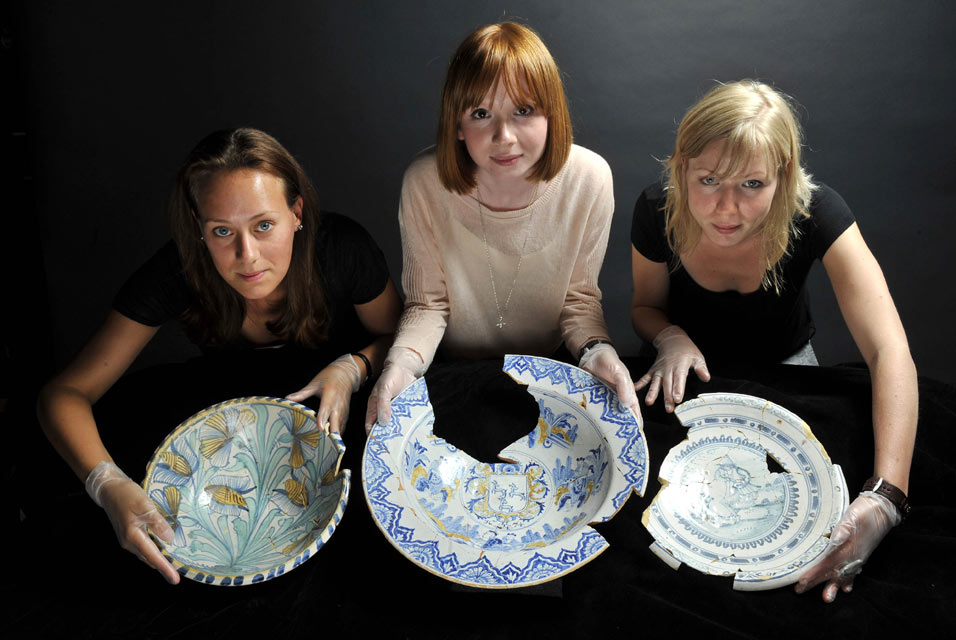 When George Washington returned to Mount Vernon in 1797 after his second and last term as president, he decided to get into the whiskey business. The first president was an excellent businessman who ran a variety of successful ventures as well as the farm.
When George Washington returned to Mount Vernon in 1797 after his second and last term as president, he decided to get into the whiskey business. The first president was an excellent businessman who ran a variety of successful ventures as well as the farm.
In 1771, he built a stone gristmill 3 miles from the main house which produced high quality flour and cornmeal for export to the West Indies and Europe. He had a progressive outlook for the latest technology, and the gristmill was powered by a huge automated waterwheel system called the Oliver Evans Automated Milling System, which was U.S. Patent No. 3. The system worked and Washington’s gristmill business was still going swimmingly 26 years later when he came back from his stint as a civil servant.
His farm manager James Anderson was Scottish, and he suggested Washington build a distillery next to the gristmill. It was an immediate success. By the time George Washington died two years later, the distillery was producing 11,000 gallons of whiskey a year, making it the largest distillery in the country and one the most lucrative endeavors at Mount Vernon.
Now, almost 215 years after the first bottle of Washington’s rye whiskey was first sold, whiskey made from his original recipe in the restored distillery has gone on sale again.
Unlike whiskey made today, however, the general’s batch wasn’t aged. According to historians, the saying goes that Washington’s whiskey was aged from the time it took to get from Mount Vernon to Alexandria for sale, all of a distance of eight miles. […]
The un-aged spirit calls for a mash of rye, corn and malted barley. After distilling the mash two times it is ready to go. Some have referred to the substance as post revolutionary white lightning. Dennis Pogue says that’s not so far from the truth.
“This is frankly a lot like white lightning,” Pogue said. “Except that unlike moonshine, this of course was legal. Washington, we know, paid his taxes. He paid $300 in taxes in 1799. So, it was very legal.”
Historians spent over a decade restoring the distillery and researching Washington’s recipe. The distillery opened for tours 3 years ago, staffed by knowledgeable distillers in period garb, but it was only this year that the Virginia General Assembly allowed the production of a very small amount of whiskey for sale. Only 471 bottles were produced and despite the hefty price tag of $85 apiece, the run sold out pretty much immediately.
Mount Vernon is hoping to produce a second run next year, so if you’re in the market for some George Washington XXX white lightning, be prepared to get in line nice and early. Meanwhile, the distillery and gristmill are open for visitors during normal business hours between April 1st and October 31st. You can always buy some souvenir cornmeal from the gristmill in lieu of moonshine.


